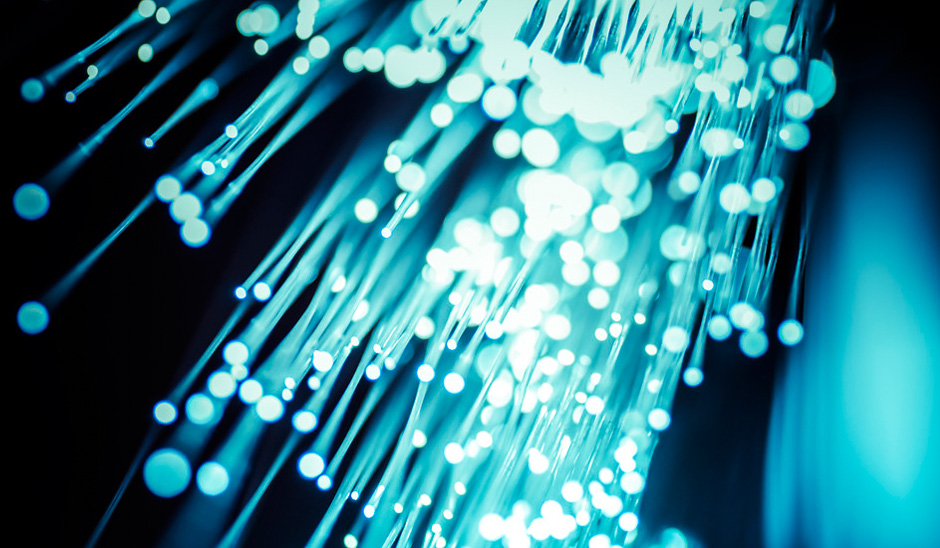
A network switch has multiple ports for different devices (such as PCs and printers) to communicate within the LAN. They can be used for both the construction of LANs and trans metropolitan area networks, such as linking enterprise and campus backbone networks.Ģ. Fiber media converters are often applied for the circumstances where Ethernet cables cannot cover and fiber optical cables must be used for extending the transmission distance in a limited budget. Then when to choose media converter or network switch in the Ethernet network? Some selection guidelines are elaborated in the following parts.ġ.

Media Converter vs Switch: When to Choose Which?įiber media converter and switch have something in common, both of the two devices can be applied to connect with copper and fiber optic cables. Layer 3 and Layer 4 switches come with the routing functions to actively calculate the best way to send a packet to its destination and other advanced features, such as MLAG, STP, VXLAN and so on. Usually, the Layer 2 switches are the basic switches for transporting data and in performing error checking on each transmitted and received frame. According to the network layer, they can be divided into Layer 2, Layer 3, and Layer 4 switches. The former can enable connections of copper-based Ethernet equipment over a fiber optic link to extend links over greater distances, while the latter can offer connectivity between multimode and single-mode fiber, between dual fiber and single fiber, as well as conversion from standard wavelengths (1310nm, 1550nm) to WDM wavelengths.Ĭompared to media converters, network switches functions are much more complicated and are determined by the network operating systems (NOS). For managed network switches, a sort of configuration is also needed for running features like SNMP, VLAN, IGMP, etc.Ĭopper-to-fiber and fiber-to-fiber media converters are two typical media converter types.
#Ethernet fiber media converter Patch
In some high-density cabling environments, components like patch panels, fiber cassettes and cable managers are also used together to organize the cables. Usually patch cables are plugged into the port on a network switch to link a computer or other network devices. Network switches can be used as a stand-alone unit in home or small office, or mounted to a rack for larger networks. The following video shows the installation processes of using media converters in the network. Due to that media converters are plug-and-play devices, the installation method is very simple: just insert the corresponding cables into the copper and fiber ports on it, then connect the cables to the network devices at each end. They can be installed on a desktop or a chassis. Media converters are simple network hardware devices, which are equipped with fewer interfaces than network switches, thus the cabling and connectivity are less complex. The 40G/100G/400G switches are used as core or spine switches. Take the large data center networks as an example, 1G/10G/25G switches are mainly applied for the access layer or considered as ToR switches. Network switches can be divided into 1G, 10G, 25G, 100G and even 400G switches to meet varied data rate requirements. Among which the 100M/1000M media converters are more frequently applied and have become a cost-effective solution for home and SMB networks.

Media Converter vs Switch Transmission Ratesįor fiber media converters, there are 100M/1000M/10G media converters currently available on the market. Network switch is usually wired to the router, allowing you to access the internet through the modem. While the network switch plays a central role for wired network devices (computers, printers and PCs) on the network to communicate with each other. It enables you to join different signaling formats onto one well-functioning LAN. Media converter is a very cost-effective and flexible device mainly used to convert the electrical signals in copper Unshielded Twisted Pair (UTP) network cabling into optical signals for fiber optic cabling. Media Converter vs Switch: What Are the Differences?


 0 kommentar(er)
0 kommentar(er)
